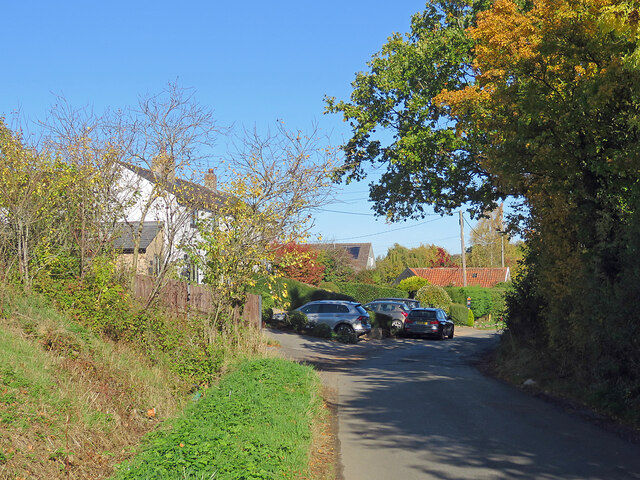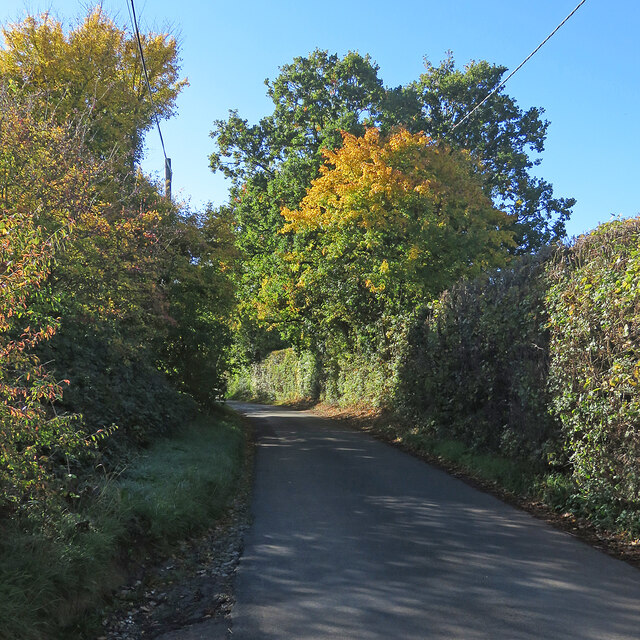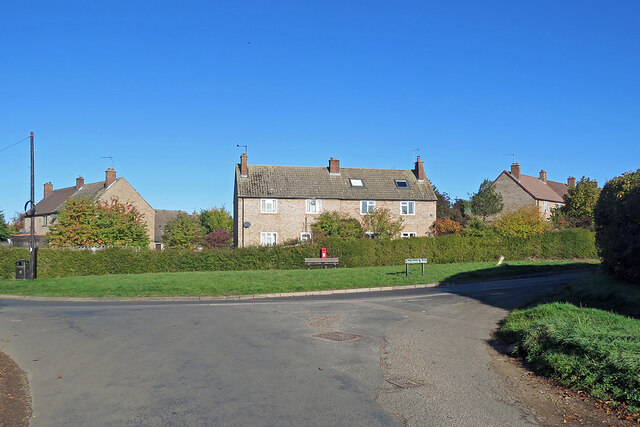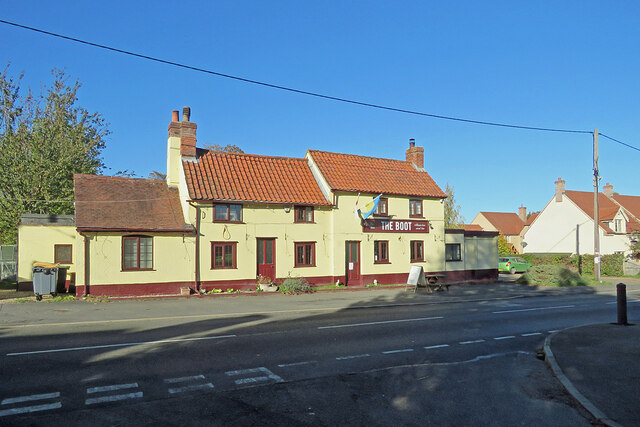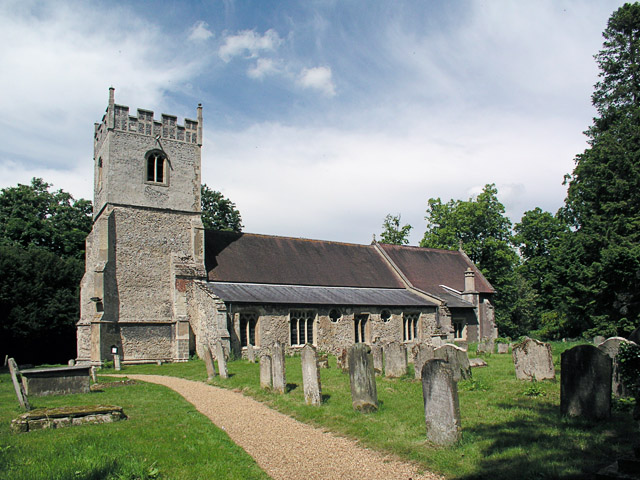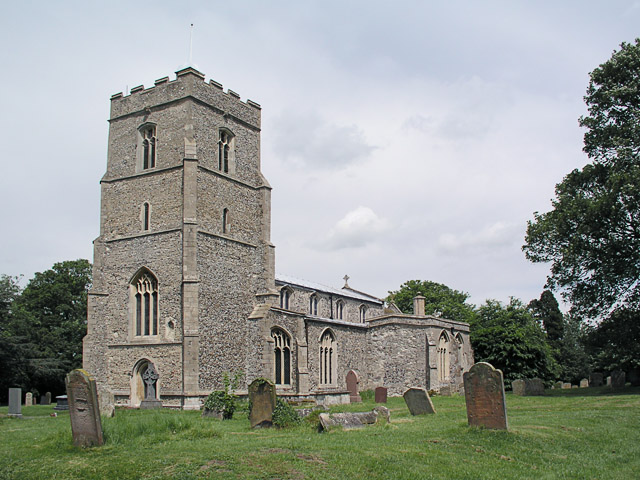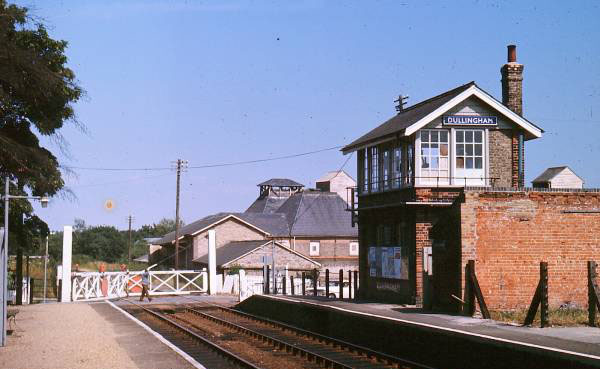Stetchworth
Civil Parish in Cambridgeshire East Cambridgeshire
England
Stetchworth

Stetchworth is a civil parish located in the county of Cambridgeshire, England. Situated approximately 9 miles east of Cambridge, it is nestled in the heart of the picturesque East Cambridgeshire district. The parish covers an area of about 1,574 acres and is home to a population of around 500 residents.
The village of Stetchworth boasts a rich history, dating back to medieval times when it was mentioned in the Domesday Book of 1086. Its name is derived from the Old English words "stecce" meaning "a post" and "worth" meaning "an enclosure or homestead," suggesting its origins as a fenced settlement.
The landscape of Stetchworth is characterized by its vast countryside, with expansive fields and meadows surrounding the village. The area is known for its horse racing heritage, as it is home to the renowned Newmarket Racecourse, which is just a stone's throw away. The presence of the racecourse has had a significant impact on the local economy, attracting visitors and providing employment opportunities.
Stetchworth is a close-knit community with a strong sense of identity. The village is served by St Peter and St Paul's Church, a beautiful medieval building that stands as a testament to the parish's religious heritage. There is also a primary school, a village hall, and a pub, providing essential amenities for residents.
Overall, Stetchworth offers a tranquil and picturesque setting, combining rural charm with easy access to nearby urban centers. Its historical significance, natural beauty, and close proximity to Newmarket make it an attractive place to live for those seeking a peaceful and idyllic countryside lifestyle.
If you have any feedback on the listing, please let us know in the comments section below.
Stetchworth Images
Images are sourced within 2km of 52.206665/0.392845 or Grid Reference TL6359. Thanks to Geograph Open Source API. All images are credited.





Stetchworth is located at Grid Ref: TL6359 (Lat: 52.206665, Lng: 0.392845)
Administrative County: Cambridgeshire
District: East Cambridgeshire
Police Authority: Cambridgeshire
What 3 Words
///stir.atomic.spans. Near Newmarket, Suffolk
Nearby Locations
Related Wikis
Stetchworth
Stetchworth is a small village and civil parish in East Cambridgeshire, England, 3 miles (5 km) to the south of the horse-racing centre of Newmarket and...
Dullingham
Dullingham is a small village and civil parish in East Cambridgeshire, England. It is situated 4 miles (6 km) south of Newmarket and 14 miles (23 km) east...
Dullingham railway station
Dullingham is a railway station that serves the village of Dullingham in Cambridgeshire, England. It is about 1 mile (1.6 km) north-west of the centre...
Woodditton
Woodditton is a village and civil parish in East Cambridgeshire, England. The other settlements in the parish are Ditton Green, Little Ditton and Saxon...
Nearby Amenities
Located within 500m of 52.206665,0.392845Have you been to Stetchworth?
Leave your review of Stetchworth below (or comments, questions and feedback).

